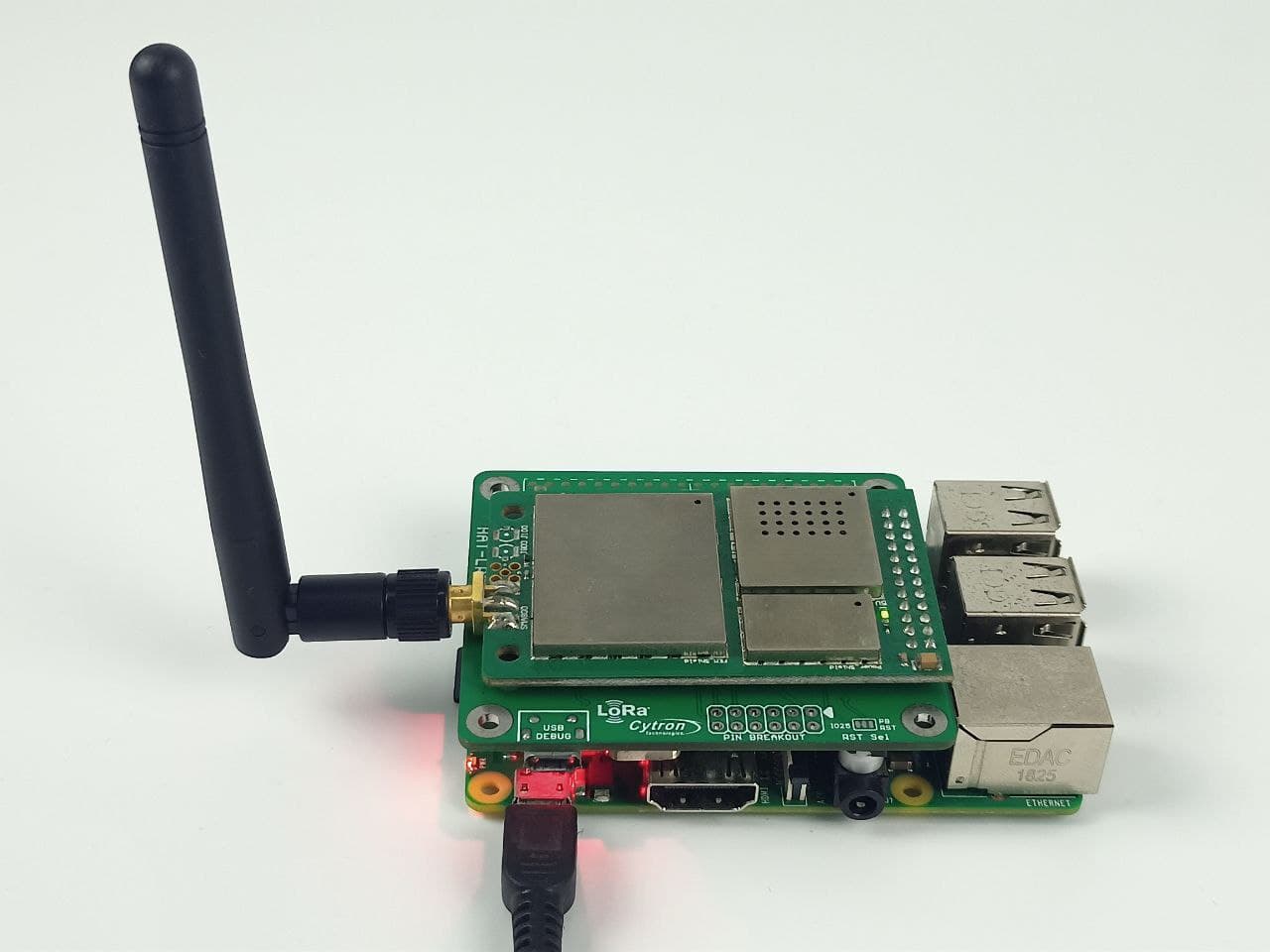Wireless technologies have become an integral part of our daily lives. As the Internet of Things (IoT) expands, the need for wireless communication technologies that can transmit data over long distances has also grown. This is where Low-Power Wide-Area Network (LPWAN) technologies like LORA and Lorawan come into play. LORA stands for Long Range, a wireless communication protocol that uses radio frequency to transmit data over long distances with low power consumption. Lorawan, on the other hand, is a protocol built on top of LORA technology that enables devices to communicate with each other over a wide area network. In this blog post, we’ll discuss everything you need to know about LORA, including instructions on setting up a LORA gateway.
Understanding LORA and Lorawan
LORA is a wireless communication technology that enables long-range communication between devices while consuming low power. It uses radio frequencies to transmit data, making it a popular choice for IoT applications that require long-range communication, low power consumption, and low data rates. One of the most significant advantages of LORA technology is that it can transmit data over several kilometers without the need for repeaters or complex infrastructure.
Lorawan is a protocol built on top of LORA technology that enables devices to communicate with each other over a wide area network. It provides a secure and scalable communication protocol supporting millions of devices with low power consumption. Lorawan uses spread spectrum modulation and frequency hopping techniques to ensure reliable communication and security. It also supports bi-directional communication, which means devices can both send and receive data.
LORA Gateway and its Components
LORA Gateway is a device that enables devices to communicate with each other over a wide area network. It acts as a bridge between the end devices and the network server, forwarding the data from the end devices to the network server and vice versa. A LORA Gateway typically consists of two main components: hardware and software.
Hardware
LORA Gateway hardware includes a LORA radio module, a microcontroller, and network connectivity options such as Ethernet or Wi-Fi. The radio module transmits and receives data over the LORA network. The microcontroller controls the Gateway’s operation and manages the data flow between the end devices and the network server. Network connectivity options allow the Gateway to connect to the internet and communicate with the network server.
Software
LORA Gateway software includes the operating system, the LORA Gateway software, and any other applications or services that run on the Gateway. The LORA Gateway software manages the Gateway’s communication with the end devices and the network server. It also handles the encryption and decryption of data to ensure secure communication.
Section 3: Setting up a LORA Gateway
Setting up a LORA Gateway can be a bit complicated, but it’s not impossible. To establish a LORA Gateway, follow these sequential instructions:
Step 1: Choose the right hardware
Several variations of LORA Gateway hardware exist, each possessing its distinct features and specifications. Select the one that aligns with your needs.
Step 2: Install the Gateway software
Once you have the hardware, you need to install the Gateway software. Most LORA Gateway software is open-source and available online for download.
Step 3: Configure the Gateway
After installing the software, you need to configure the Gateway. This involves connecting the Gateway to a network, setting up the Gateway’s settings, and registering the Gateway with the network server.
Step 4: Test the Gateway
Once the Gateway is set up, you need to test it to ensure it’s working correctly. You can do this by sending test data from an end device and checking if the Gateway is receiving it.
Section 4: Applications of LORA and Lorawan
LORA and Lorawan are widely used in several IoT applications due to their long-range communication capabilities and low power consumption. Here are some of the applications of LORA and Lorawan:
Smart Agriculture
LORA and Lorawan technology are used in precision agriculture to monitor crops, soil moisture, and temperature. Farmers can use this data to optimize irrigation and fertilization, resulting in higher crop yields.
Smart Cities
LORA and Lorawan can be used in smart cities to monitor and control various systems such as streetlights, traffic signals, waste management, and parking systems.
Asset Tracking
LORA and Lorawan can be used to track assets such as vehicles, containers, and equipment. This technology can be used to optimize logistics and reduce operational costs.
Industrial IoT
LORA and Lorawan can be used in industrial IoT applications such as predictive maintenance, asset tracking, and process optimization.
Conclusion
In conclusion, LORA and Lorawan are essential technologies in the IoT ecosystem. They provide reliable, secure, and cost-effective communication solutions for many IoT applications. Setting up a LORA Gateway can be challenging, but with the right hardware and software, it’s not impossible. This blog post has provided you with the necessary information on LORA and Lorawan, and how to set up a LORA Gateway.
FAQs
Is LORA a proprietary technology?
No, LORA technology is not proprietary. It is an open standard developed by Semtech Corporation.
Can LORA devices communicate with other wireless technologies?
No, LORA devices cannot communicate with other wireless technologies unless a gateway or bridge can translate between the two protocols.
How does LORA handle interference from other radio signals?
LORA uses spread spectrum modulation and frequency hopping techniques to handle interference from other radio signals.
How is LORA technology the right choice for my IoT application?
LORA technology is suitable for IoT applications that require long-range communication, low power consumption, and low data rates. Other wireless technologies may be a better choice if your application requires high data rates or high bandwidth.



